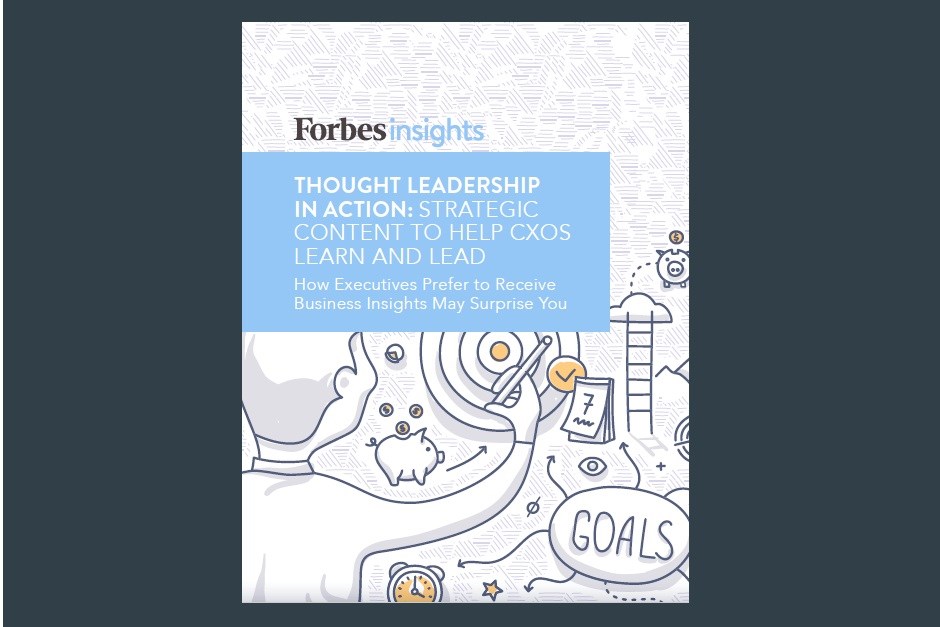Google Glass: a new view of your bank
17 April 2013
By now most of you will have heard of Google Glass; the wearable tech built by Google which has a camera, display, battery, touchpad and microphone built into the frame, enabling you to take photos, search, and more on the go. No, you can’t just use a smartphone to do that anymore, apparently.
On Monday Google released its Google Mirror API, enabling third-party developers to develop apps for Google Glass. While Google has announced developers cannot display ads on Google Glass, some brands have already got the ball rolling with app development. It may come as a surprise to some that one of these brands is a financial services brand. As reported by Finextra, Ukrainian bank PrivatBank, is preparing to launch a full suite of apps for Google Glass, enabling users (or, wearers) to log in to accounts and make payments.
But should this really come as a surprise? For me, this movement reflects what some banks have tried to do in the mobile space; developing smartphone and tablet apps to help customers manage accounts on the move. Within the financial services industry, convenience is paramount, especially when it comes to retail banking. Gone are the days when customers would visit bank branches between 9am-5pm, Monday to Friday. Today, customers expect to be able to carry out their day-to-day banking needs whenever, wherever. And banks know this, having already made great headway in the mobile banking arena, which is expected to exceed 1 billion users by 2017.
So what additional opportunities could developing apps for Google Glass offer banks? The key opportunity seems to be for virtual face-to-face interaction with bank managers; bringing the personal element of the branch banking experience to the digital world. This is something which customers of this highly sensitive market will surely value.
Over the next few weeks/months it’ll be interesting to see what app innovations brands (not just those in financial services) come up with for Google Glass.

1. The preferred formats for business insights among CXOs are feature-length articles and reports.
“CXOs need to think and act strategically” says Bruce Rogers, Chief Insights Officer of Forbes Media “which is why they more often opt for longer pieces that take them from hypothesis, through case studies, to conclusion, and are based on credible data.”
This demand from CXOs for longer-form content is something we can evidence with our own data.
In a recent lead generation campaign targeting a CXO audience, we A/B tested two different labels for the same long-form content asset: an ‘eBook’ vs. a ‘whitepaper’. Positioning the asset as a whitepaper (a typically longer, more detailed form of content) increased the conversion rate from 4.3% to 8.0%.
The perceived value of such content to a CXO audience is clear.
2. Don’t second guess CXO consumption habits.
The CXOs surveyed by Forbes and Deloitte were an eclectic bunch when it came to consuming long-form content. A huge 84% declared that they were likely to print a report to read offline, though 75% deemed themselves likely to consume via PC, 70% via tablet, and 59% via mobile.
There’s some double-counting at play here, but the message is clear: you need to deliver your content in a way that works for everyone.
When it comes to long-form content, aim for simplicity - and PDF files often work best. They’re ideal for lead capture, they can be consumed online and offline, and they are easily shared with colleagues.
This is an area where we have plenty of experience, and plenty of data to back up our recommendations. If you need a helping hand with your lead generation or content marketing programmes – or would like to see examples of how we partner with our clients in these areas – please get in touch.

